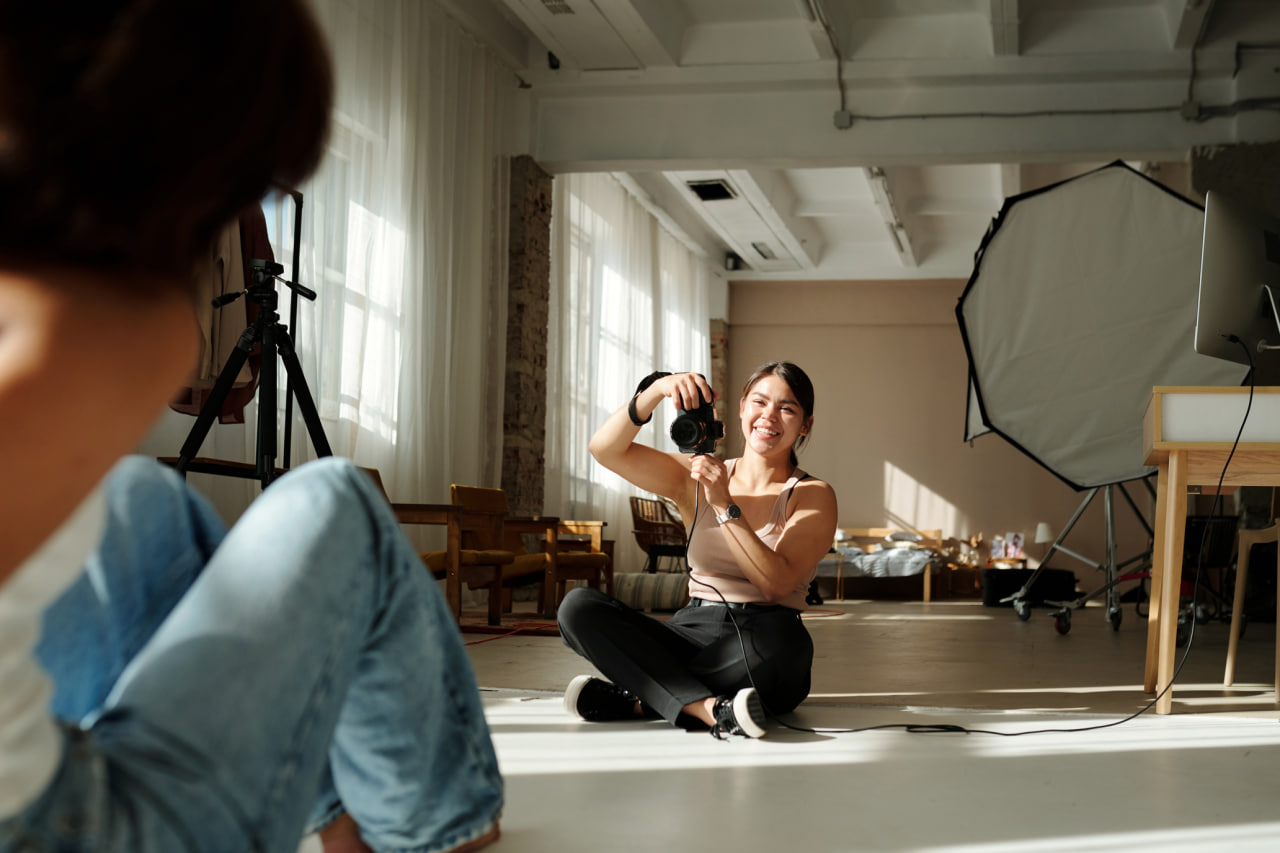Phone:
(701)814-6992
Physical address:
6296 Donnelly Plaza
Ratkeville, Bahamas.

A well-organized photography portfolio is one of the most important tools for any photographer, especially beginners. It showcases your skills, style, and creative vision, helping potential clients, galleries, or collaborators understand your abilities. Building your first portfolio can feel challenging, but with careful planning, selection, and presentation, you can create a collection that effectively represents your work and growth as a staged photographer.
A portfolio is more than just a collection of images. It tells a story about your artistic journey, highlights your technical skills, and demonstrates your ability to create visually compelling staged scenes. In the world of staged photography, where creativity and storytelling are essential, a portfolio provides proof of your capability to plan, execute, and capture meaningful images. A strong portfolio can open doors to freelance opportunities, exhibitions, and collaborations.
When building your first portfolio, quality matters more than quantity. Carefully choose images that showcase a variety of skills, such as composition, lighting, storytelling, and post-processing. Include images that reflect your personal style while demonstrating versatility. Beginners may want to start with 10–15 strong images, ensuring each piece contributes to a cohesive presentation that highlights your strengths.
Including process shots and behind-the-scenes images can add depth to your portfolio. Documenting the setup, lighting, and props demonstrates your planning skills, problem-solving ability, and creative approach. For beginners, this not only shows growth but also communicates the effort and thought behind each photograph. A portfolio that highlights the creative process helps viewers understand your methodology and commitment to the craft.
Presentation is crucial. Organize your portfolio in a logical order that creates a smooth visual flow. Start with your strongest work to immediately capture attention, and group similar projects or themes together. Ensure images are high-quality, well-lit, and properly framed. Including captions or brief descriptions about each shot, such as the concept, equipment used, and creative intention, adds context and professionalism.
Digital portfolios are essential in today’s photography world. They allow easy sharing online, reaching a wider audience, and submitting work to potential clients or exhibitions. Platforms like Behance, Instagram, or personal websites are excellent for showcasing your portfolio. Physical portfolios, however, remain valuable for in-person presentations, interviews, or studio visits. Beginners should focus on building a digital portfolio first, ensuring high-quality images and professional presentation.
A portfolio should evolve alongside your skills. Regularly update it by adding new projects and removing older work that no longer represents your current abilities. Continuously refining your portfolio ensures it accurately reflects your artistic growth, versatility, and technical proficiency. Beginners should view their portfolio as a living document that grows with their creative journey.
Sharing your portfolio with others provides valuable feedback and exposure. Engage with peers, mentors, and online communities to receive constructive critique and build connections. Displaying your work in exhibitions, social media, or collaborative projects can increase visibility and attract opportunities. Building confidence in presenting your work is an important part of professional development.